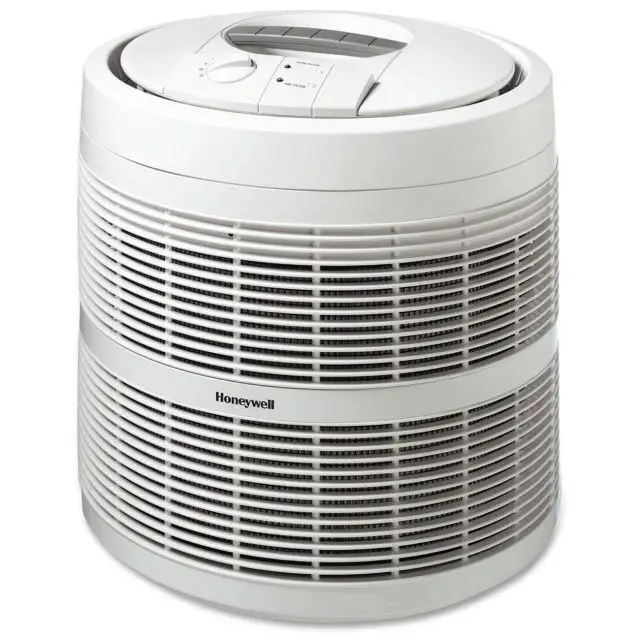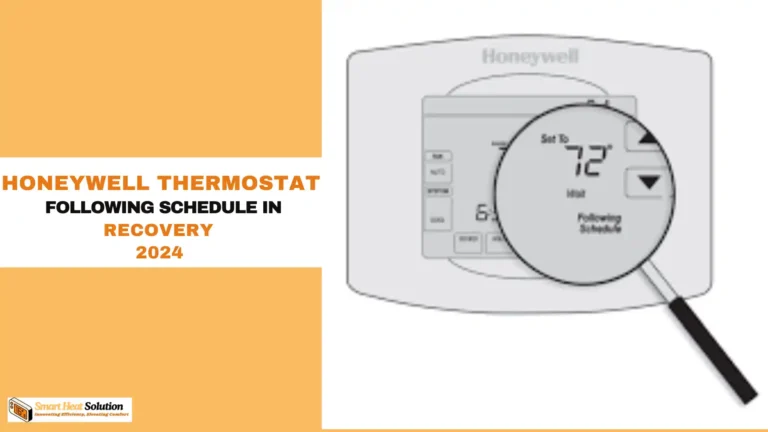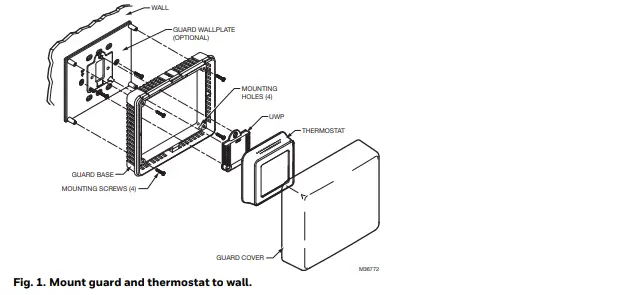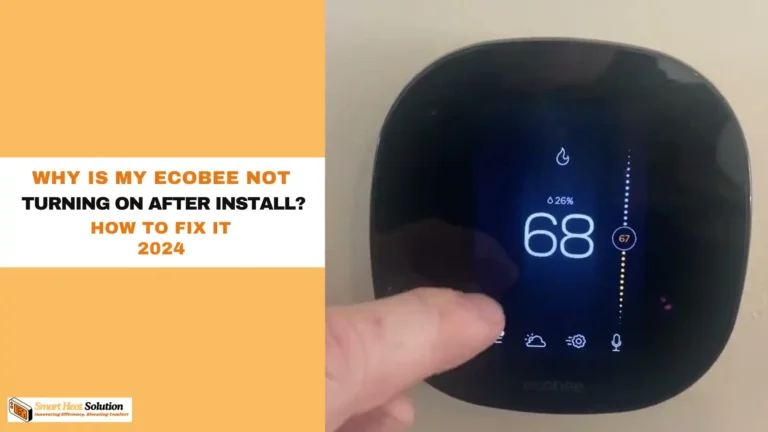How to Use Fan-Only Mode on Your Nest Thermostat?

Here’s how to use the fan-only mode on your Nest Thermostat to make your home more comfortable while saving energy.
According to the US Department of Energy, running just the fan (without AC) can save up to 30% on energy during certain times of the year. The fan-only mode not only helps move air around but also balances indoor temperatures and improves air quality.
In this post, I’ll show you how to turn on and use the fan-only mode for a more comfortable and energy-efficient home.
What is Fan-Only Mode?

Fan-only mode lets your thermostat run just the fan without using cooling or heating. This circulates air throughout your home, providing even cooling or heating, or simply improving air circulation.
Steps to Turn On Fan-Only Mode
- Open the Nest App: Start by opening the Nest app on your smartphone or tablet.
- Select Your Thermostat: Tap on the thermostat you want to adjust.
- Go to Settings: Navigate to the settings menu.
- Choose Fan Setting: Look for a setting labeled “Fan” and select it.
- Turn On Fan-Only Mode: Tap to enable fan-only mode. Your fan will now run without using heating or cooling.
This will help you stay comfortable while reducing your energy use.
Why Use Fan-Only Mode?
- Improved Air Circulation: Fan-only mode moves air around the house, making the space more comfortable.
- Energy Efficiency: Running the fan without the AC uses less energy, which can help lower electricity bills.
- Better Air Quality: Continuous airflow can help reduce dust and allergens, leading to cleaner indoor air.
Advantages of Fan-Only Mode
| Benefit | Description |
|---|---|
| Energy Savings | Using only the fan takes much less energy than running the AC or heater. |
| Improved Comfort | The fan moves air throughout the house, balancing temperature and making it more comfortable. |
| Better Air Quality | Constant airflow helps reduce dust and allergens for a healthier indoor environment. |
Things to Keep in Mind
- Efficiency: Fan-only mode is energy-efficient but works best in homes with good insulation and ventilation.
- Climate: Fan-only mode won’t cool or heat the house in extreme weather; it’s best used in moderate temperatures.
Pros and Cons of Running Fan-Only Mode Without AC
Running your Nest Thermostat in fan-only mode can be useful, but it’s important to know when it’s effective and when it might fall short.
Benefits of Fan-Only Mode
- Energy Efficiency: The fan uses much less power than AC, potentially saving a noticeable amount on your energy bill.
- Improved Air Circulation: Fans help prevent hot and cold spots by moving air around, making the house more comfortable without constantly heating or cooling.
- Reduced Wear and Tear: Running only the fan reduces strain on the AC and heater, which can extend the life of the HVAC system.
- Better Air Quality: Continuous air circulation helps limit dust and allergens, improving indoor air quality.
Drawbacks of Fan-Only Mode
- Limited Temperature Control: While it circulates air, the fan doesn’t change the room’s temperature. It might not be enough in very hot or cold weather.
- Inconsistent Temperatures: Without heating or cooling, you may still have hot or cold spots, especially in large or poorly insulated spaces.
- No Humidity Control: The fan doesn’t affect humidity. In humid areas, fan-only mode might not provide enough control over indoor moisture levels.
Table Comparison of Fan-Only vs AC Mode
| Aspect | Fan-Only Mode | AC Mode |
|---|---|---|
| Energy Consumption | Lower | Higher |
| Cooling Efficiency | Limited | Enhanced |
| Air Circulation | Enhanced | Enhanced with cooling |
| Cost Savings | Possible higher due to lower energy use | Lower due to higher energy consumption |
Common Issues and Solutions
1. Fan Not Turning On
- Problem: The fan isn’t turning on, even in fan-only mode.
- Solution:
- Check Settings: Make sure fan-only mode is turned on in the Nest app.
- Inspect Wiring: Loose or disconnected wires can stop the fan from working. Check the thermostat wiring.
- Reset Thermostat: Rebooting the thermostat may fix temporary issues.
2. Inconsistent Airflow
- Problem: The fan is not circulating air evenly, causing inconsistent airflow.
- Solution:
- Check Air Vents: Ensure no vents are blocked or covered, which could disrupt airflow.
- Clean Fan Blades: Dust on fan blades can cause uneven airflow. Clean them regularly.
- System Check: Review thermostat settings to optimize fan-only performance.
3. Unusual Noises
- Problem: The fan is making strange or loud noises.
- Solution:
- Inspect Fan Components: Tighten any loose parts or replace damaged components.
- Lubricate Moving Parts: Lubricate fan motor bearings to reduce noise, if possible.
- Schedule Maintenance: Regular maintenance by a professional can help prevent noise issues.
Troubleshooting Checklist
| Issue | Possible Solution |
|---|---|
| Fan Not Operating | Check settings, inspect wiring, reset thermostat |
| Inconsistent Airflow | Check air vents, clean fan blades, review settings |
| Unusual Noises | Inspect components, lubricate parts, schedule maintenance |
Preventive Measures
- Regular Check-Up: Schedule regular HVAC check-ups to keep the fan and system running smoothly.
- Keep Thermostat Updated: Update your Nest Thermostat software to fix bugs and access improvements.
- Clean Filters: Replace or clean filters regularly to avoid clogs and keep the fan efficient.
Conclusion
Learn how you can use the fan-only mode on your Nest Thermostat as an easy but powerful way to increase comfort and efficiency in your home.
That being said, by circulating air without the cooling and heating of your HVAC system, you save energy and can lower your utility bills.
Moreover, operating in this mode keeps the temperature and air quality better. Now, armed with all this knowledge about fan-only mode, you can make the most of the advantages that it offers and keep your home just right in any season.

I’m Alan William’s, the founder of SmartHeatSolution.com. I am from California, USA, I’m passionate about innovative heating technologies and their impact on our homes and businesses. With a background in electrican and home repair , I aim to make smart, energy-efficient heating accessible to everyone. When I’m not writing, I’m likely interested in all the thermostat brands and their new technnology. Thanks for stopping by!






